WELCOME TO OUR REPUBLIC OF TATARSTAN
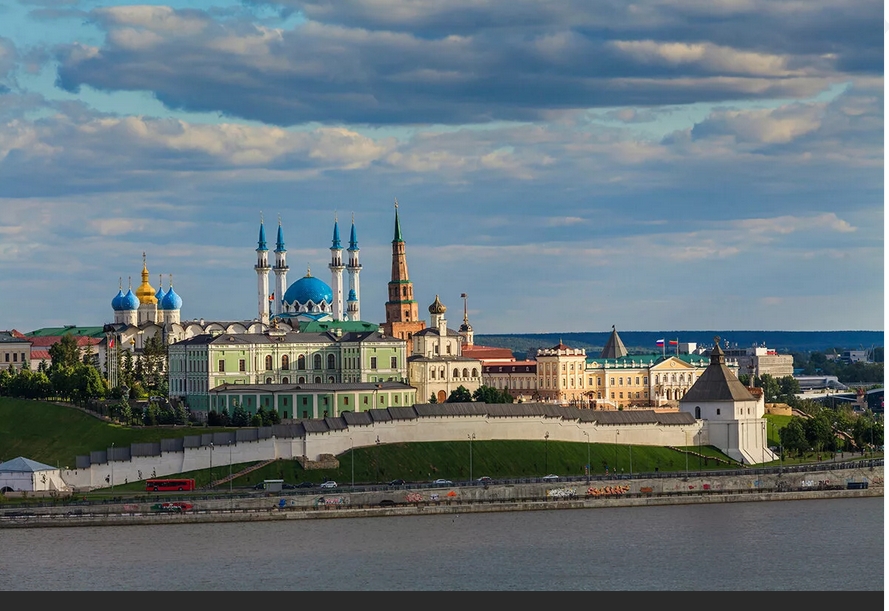 |
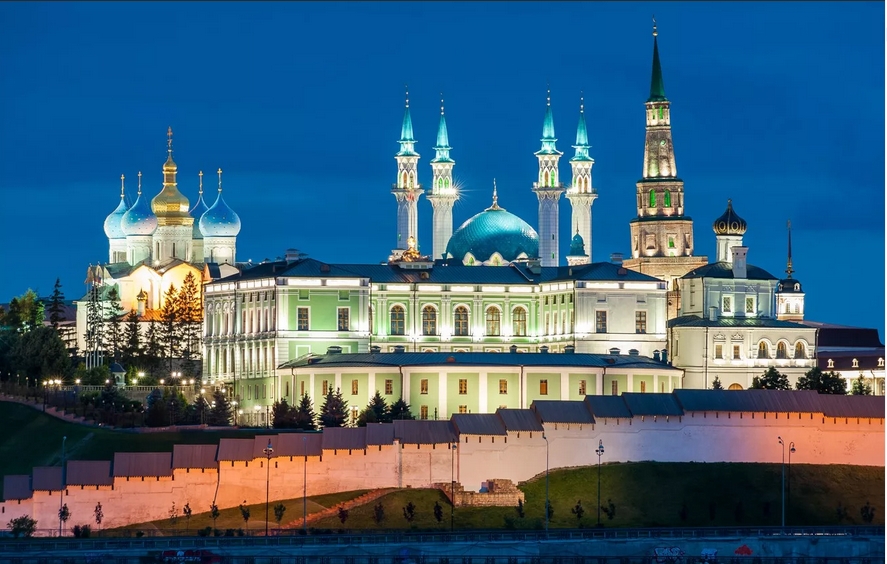 |
Tatarstan is situated in the Eastern part of the East European Plain at the confluence of two biggest rivers – the Volga and the Kama. The capital of the Republic is city of Kazan. The total area of the Republic is 67.847 km². There are about 3,902,642 inhabitants in Tatarstan. The two official languages of the Republic are Tatar and Russian.
 |
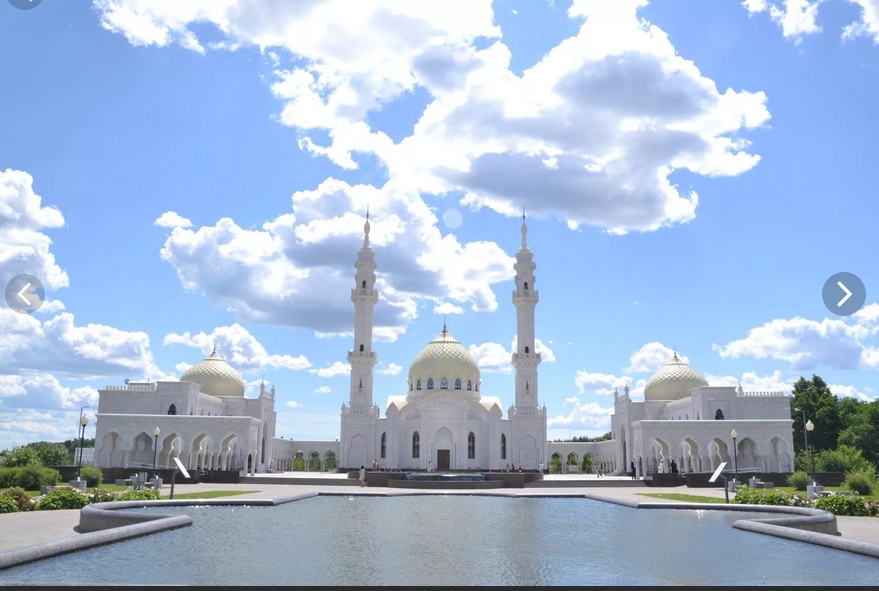 |
Tatarstan is one of Russian most ethnically diverse areas with various historical and cultural traditions. The traditional religions of the Republic of Tatarstan are Islam and Orthodox Christianity. Catholicism, Protestantism, Judaism and other confessions are also presented in Tatarstan. Keeping the balance of interests between the two major religions and tolerance to all presented confessional groups lies at the heart of interfaith consent in the Republic. The combination of at least three types of cultural interaction (Russian-Slavic, Turkic and Finno-Ugric) defines the uniqueness of this area, the originality of cultural and historical values.
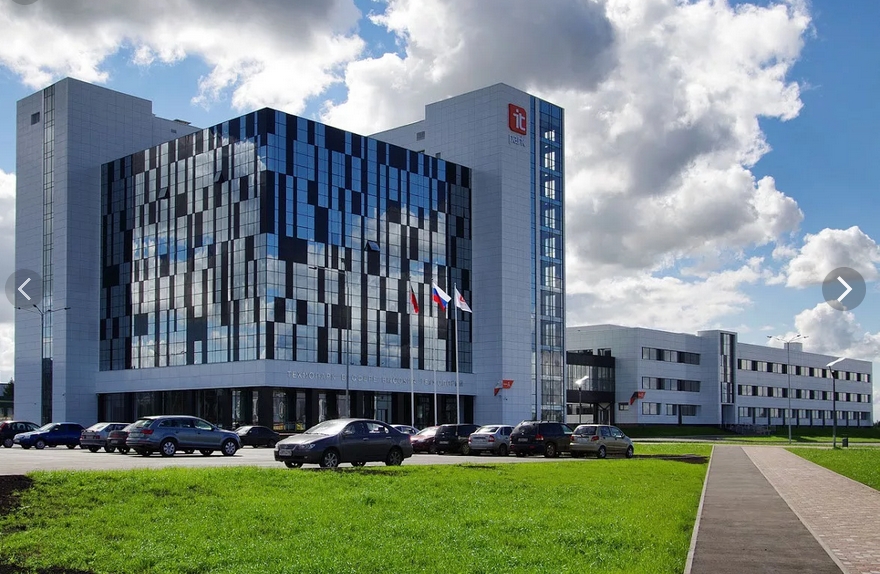 |
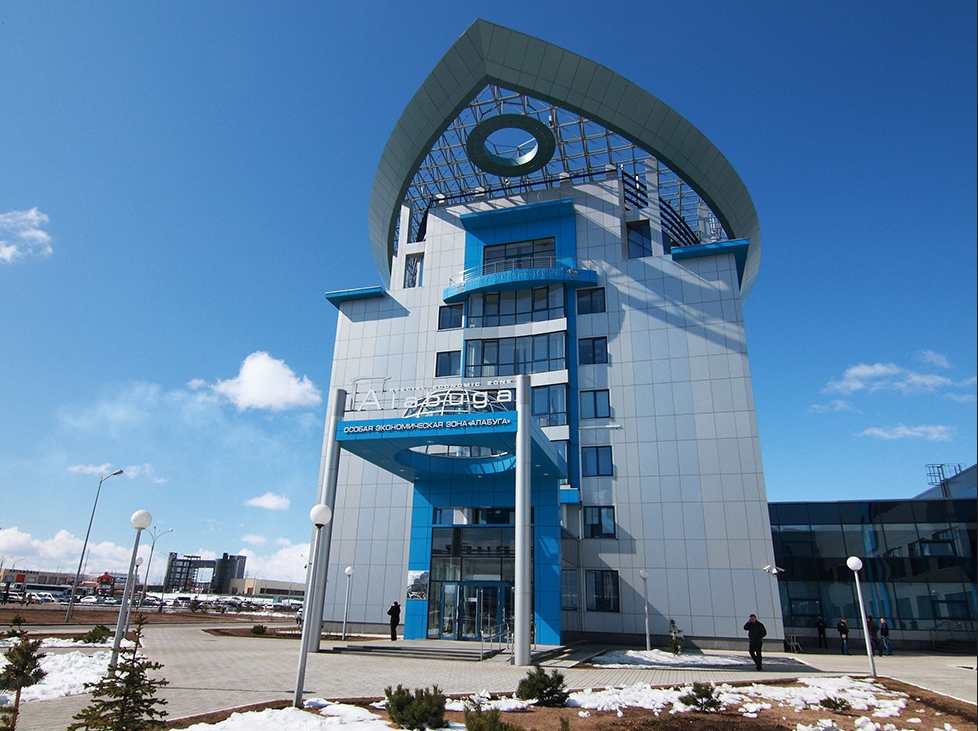 |
Tatarstan is one of the most economically developed regions in Russia with six economical zones in different sectors; one of them is Special economic zone “Alabuga”. The Republic of Tatarstan has rich natural resources, powerful and diversified industry, high intellectual potential and skilled labor staff. The Republic is among the top three regions of Russia in production of agricultural products. Our region is actively developing a network of industrial parks: JSC "Innovative Technopark “Idea”, industrial site KIP “Master”, IT-park, Technopolis "Himgrad".
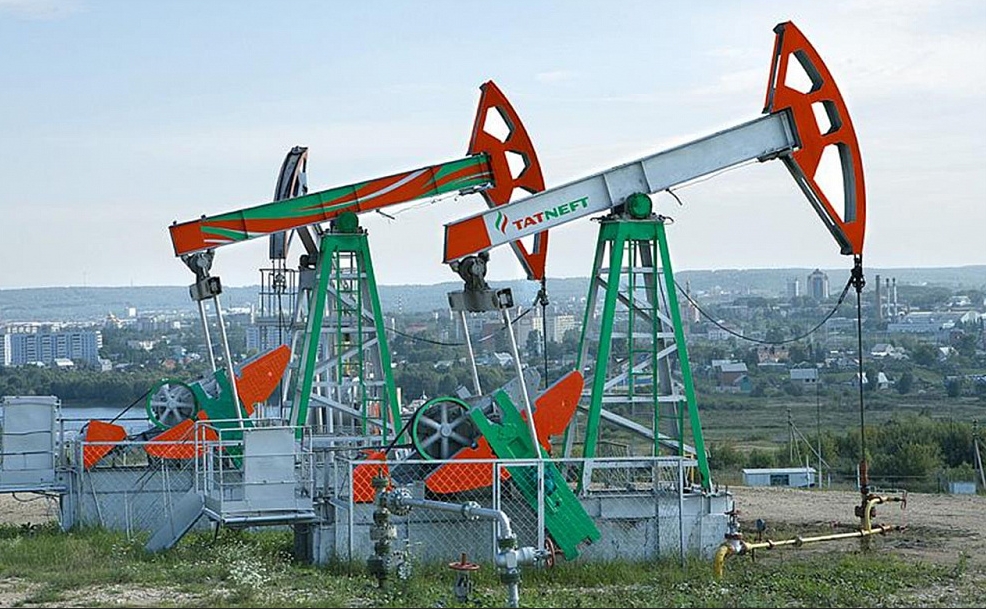 |
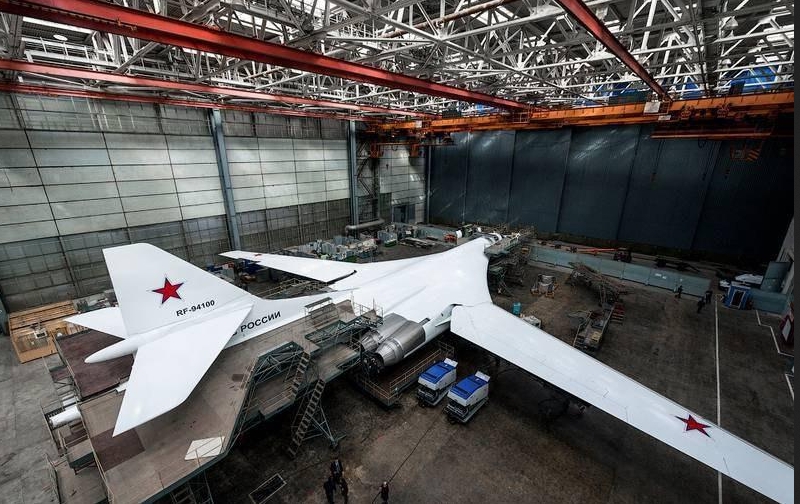 |
The Republic is located in the center of large industrial region of the Russian Federation at the crossing of important highways connecting East and West, North and South of the country. The industrial sector of the Republic is presented by the oil-gas-chemical complex, major engineering enterprises manufacturing competitive products (heavy trucks, helicopters, aircrafts, aircraft engines, compressors, oil-gas-pumping equipment, river and sea vessels, commercial and motor cars), development of electric and radio instrument engineering.
Tatarstan is also one of Russian scientific centers. The capital of the republic Kazan has the Academy of Sciences of Tatarstan, the Kazan Scientific Centre of the Russian Academy of Sciences. Tatarstan is involved in intensive fundamental and applied research activities in advanced scientific fields.
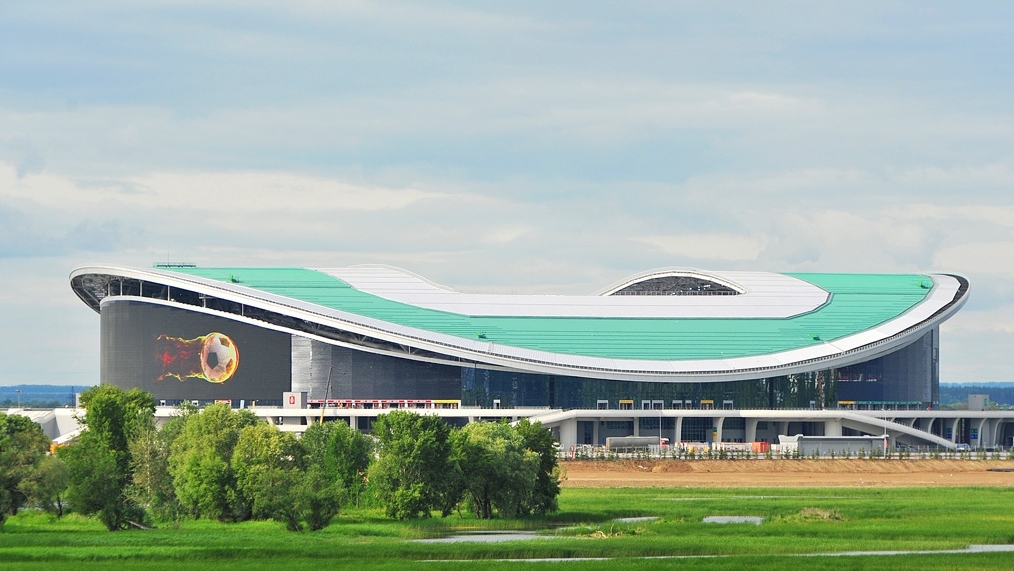 |
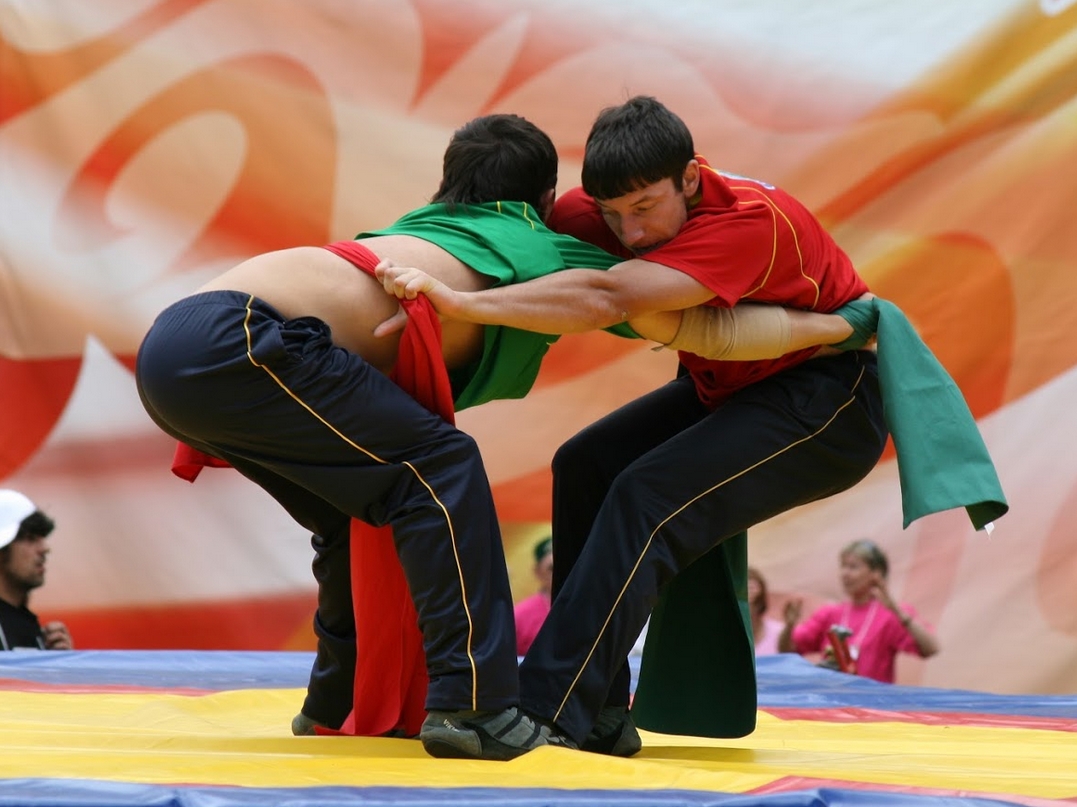 |
 |
The Republic of Tatarstan is one of the leading sports regions in Russia. Realization of major international sport projects favors development of sport and urban infrastructure of the Kazan city, the capital of Tatarstan and the country’s biggest scientific-educational and student center. Victories of such famous region sport teams as “Ak Bars”, “Rubin”, “UNICS”, “Zenit-Kazan”, “Sintez”, “KAMAZ-Master”,“Dinamo-Kazan” make an invaluable contribution to the sporting glory of Tatarstan all over the world and give reason to consider our city as “capital of champions”.
The climate is moderate-continental with warm summer and cold-temperate winter. The warmest month is July with the average monthly temperature 22–27°С, the coldest is January with the average monthly temperature -13°С.
Some brief history of the region:
The earliest known organized state within the boundaries of Tatarstan was Volga Bulgaria (700–1238 AD) that was the first state formed in the region.
In 922 Islam became an official religion. The Volga Bulgaria was an advanced merchant state with trade contacts throughout Inner Eurasia, the Middle East and the Baltic.
In 1236 Bulgaria was merged into the Empire of Genghis Khan, after that it became a part of the Golden Horde and as a result of its dissolution a new state, the Kazan Khanate, emerged in 1438 and was incorporated to Russia in 1552 after being conquered by Ivan the Terrible.
In 1708 Kazan became the capital of the vast Kazan province.
After visits of Kazan by Peter the Great in 1722 and Catherine II in 1767 the city particularly had rapid growth and development.
By 1896 the first railway from Kazan to Moscow opened.
In 1920 the Tatar Autonomous Soviet Socialist Republic was declared.
On August 30, 1990 the State Sovereignty of the Republic was declared but always being one of the federal subjects of Russia.
In 2014 the ruined in past and renovated former capital of the Volga Bulgaria the city of Bulgar (Northern Mecca, 190 km far from Kazan) is enrolled into the UNESCO World Heritage list as a historical and archeological complex.
In 2017 two objects of the former citadel of the Russian tsar Ivan the Terrible the Island Sviazhsk (a part of the region, 30 km far from Kazan) were also included on the UNESCO World Heritage List.
You can learn more about our region here:
https://tourism.tatarstan.ru/eng/aboutrt.htm
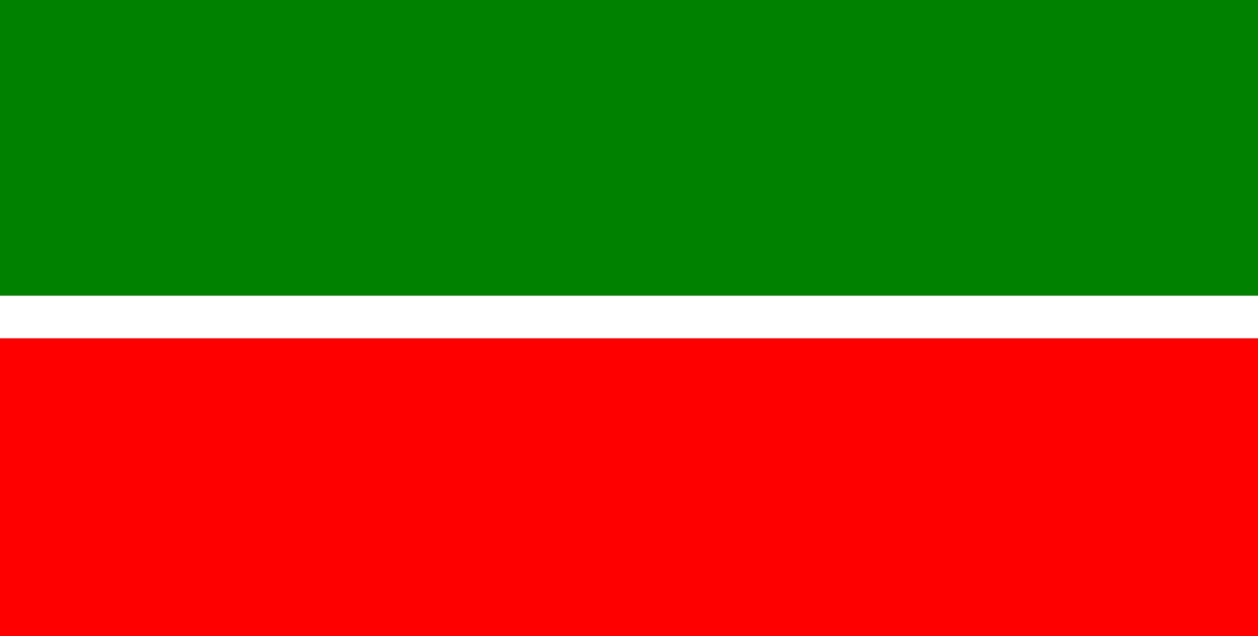 |
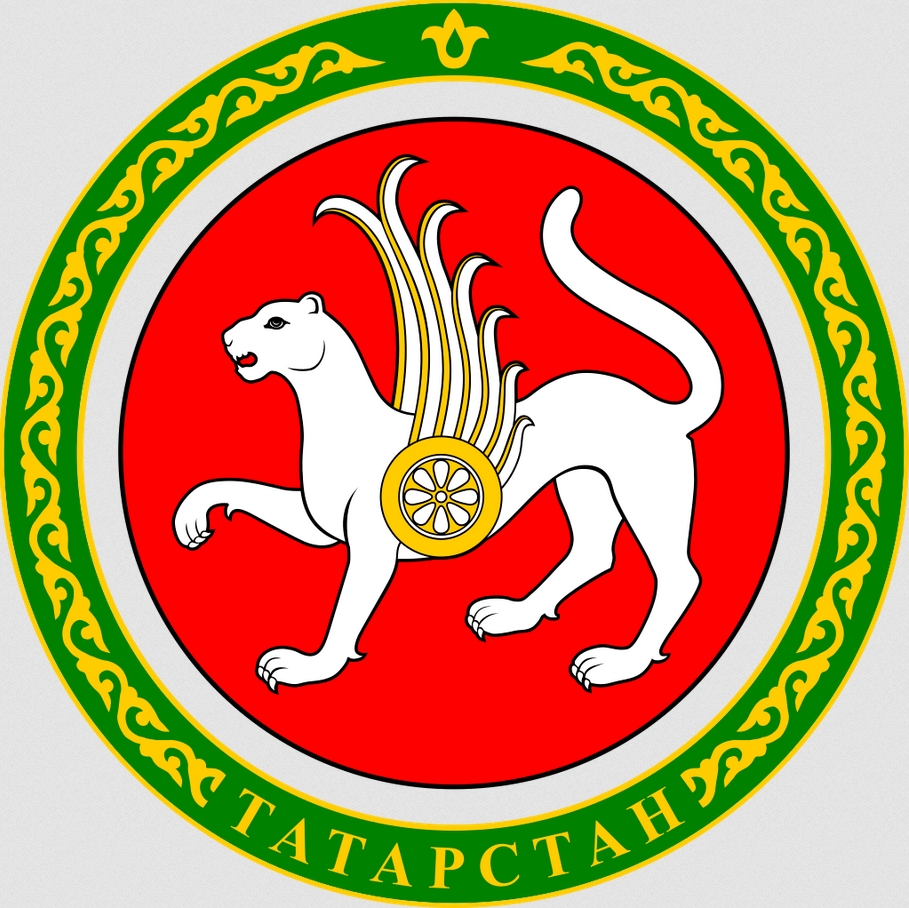 |